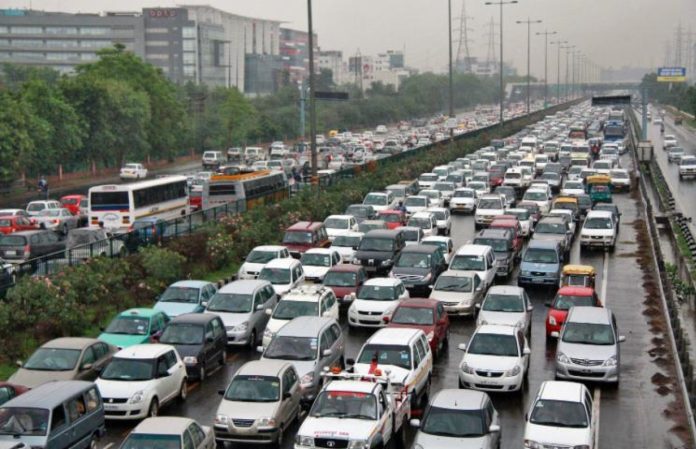Efforts are underway to combat the chronic issue of traffic congestion in Bengaluru and New Delhi, two major Indian cities plagued by gridlock.
The Department for Promotion of Industry and Internal Trade (DPIIT) is collaborating with the German Agency for International Cooperation to develop a comprehensive plan aimed at easing traffic woes in these cities.
Traffic woes in Bengaluru and Delhi
Bengaluru, often referred to as the “Silicon City of India,” has earned the dubious distinction of being one of the world’s most traffic-congested cities, according to the TomTom Traffic Index, a global ranking of urban congestion.
The capital city of Karnataka has secured the second position, trailing only behind London. In 2022, it took an additional 29 minutes and 10 seconds to cover a mere 10-kilometer distance, as per the TomTom Traffic Index.
Bengaluru has witnessed rapid urbanisation and economic growth, leading to an explosion in the number of vehicles on its roads. The city’s infrastructure has struggled to keep pace with this growth, resulting in daily traffic snarls, long commutes, and increased pollution levels.
Bengaluru’s traffic congestion has become a major quality-of-life concern for its residents, with some even referring to it as the “Traffic Capital of India.”
As the capital of India, Delhi also faces traffic congestion challenges on a monumental scale. The city’s vast population, coupled with a growing number of vehicles, has created a situation where traffic jams are a daily occurrence. Delhi’s air quality also suffers due to vehicular emissions, making it one of the most polluted cities in the world.
The proposed plan
The proposed plan, slated for implementation in the coming months, will centre on creating a multi-modal transport infrastructure to alleviate road congestion.
A noteworthy aspect of this plan is its consideration of both passenger and goods transport demands.
Currently, most urban planning initiatives primarily focus on passenger movement, neglecting the significant contribution of goods traffic to urban congestion.
An advantage of this plan is its potential for replication in other cities grappling with similar traffic challenges. Local administrations and the urban development ministry can adapt these models to suit their specific needs and requirements.
Despite measures such as restricting the movement of trucks and heavy-load vehicles within municipal limits, many large cities continue to struggle with effective management of both goods and passenger transport.
The proposed plan aims to address the movement of passengers and goods to and from congested areas near railway stations, and critical transportation hubs in cities.
It will complement the ongoing city master planning efforts in Delhi and Bengaluru, such as the Master Plan for Delhi-2041 (MPD-2041) and Regional Plan-2041 (RP-2041) in Delhi and the Revised Master Plan for Bengaluru-2031 proposed by the Bangalore Development Authority (BDA).
Vinayak Chatterjee, founder of Infravision Foundation, an infrastructure development think-tank, emphasises the need to reduce the number of cars on the roads as a crucial step in alleviating congestion, reports Economic Times.
He suggests investing in last-mile connectivity to ensure that public transportation is accessible within a 10-minute radius for all residents. Chatterjee also advocates for the establishment of a Unified Metropolitan Transport Authority to enhance transport systems in major cities.
Additionally, he underscores the importance of India exploring municipal bonds and capital market fundraising to support infrastructure development in these cities.
Chatterjee highlights the necessity of comprehensive reforms in city governance and administration, including measures such as double-entry bookkeeping, user-pay charges, and improved property tax collection. These reforms are seen as essential in addressing the root causes of traffic congestion and promoting sustainable urban development.


